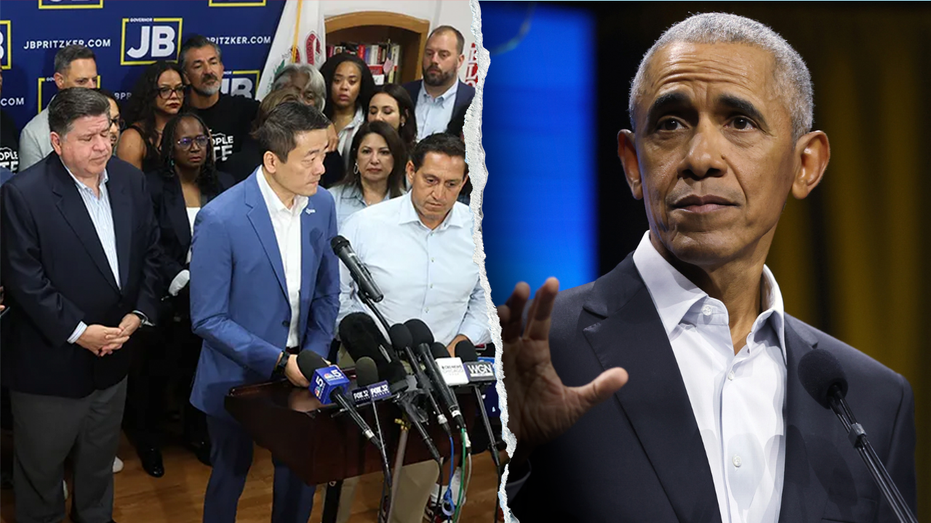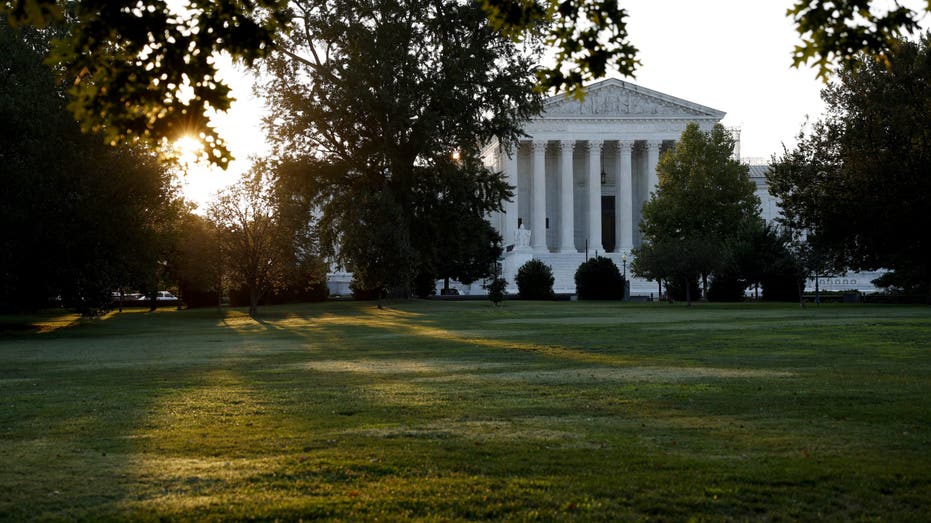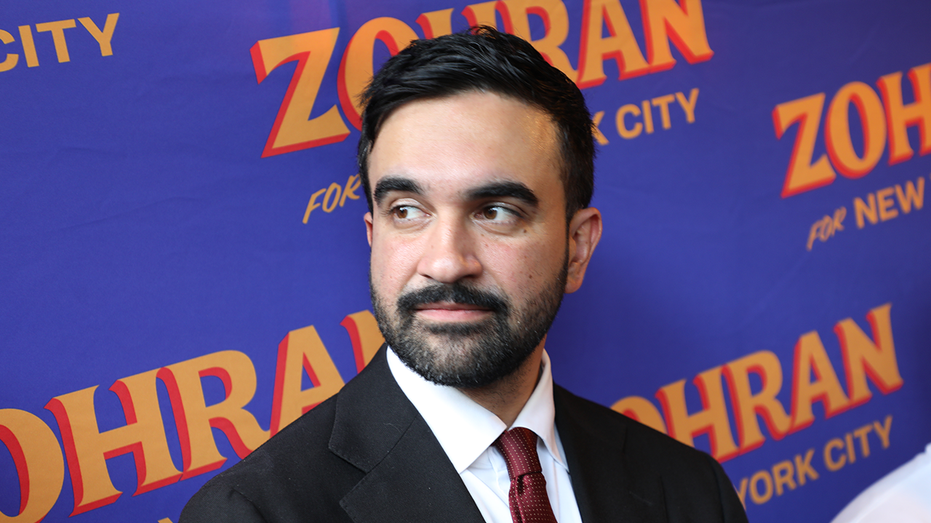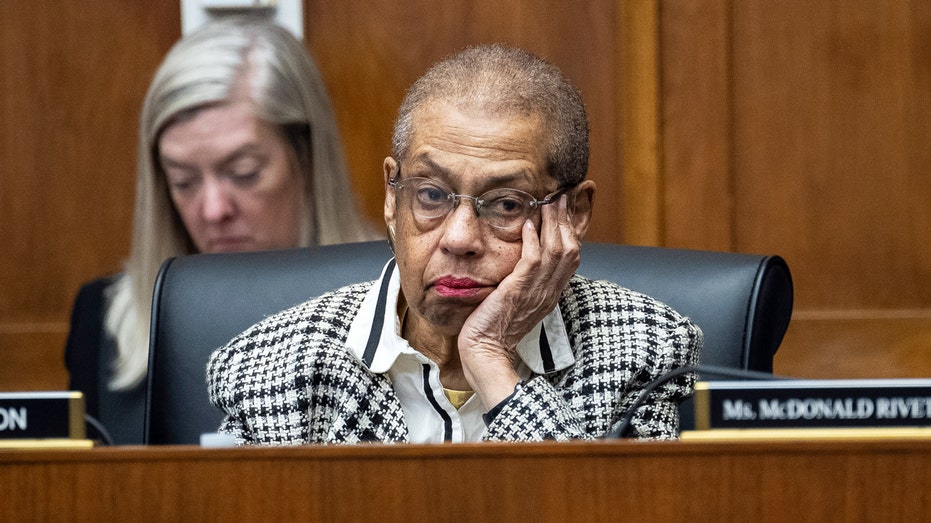Does anyone come out clean from Heathrow Airport power outage?
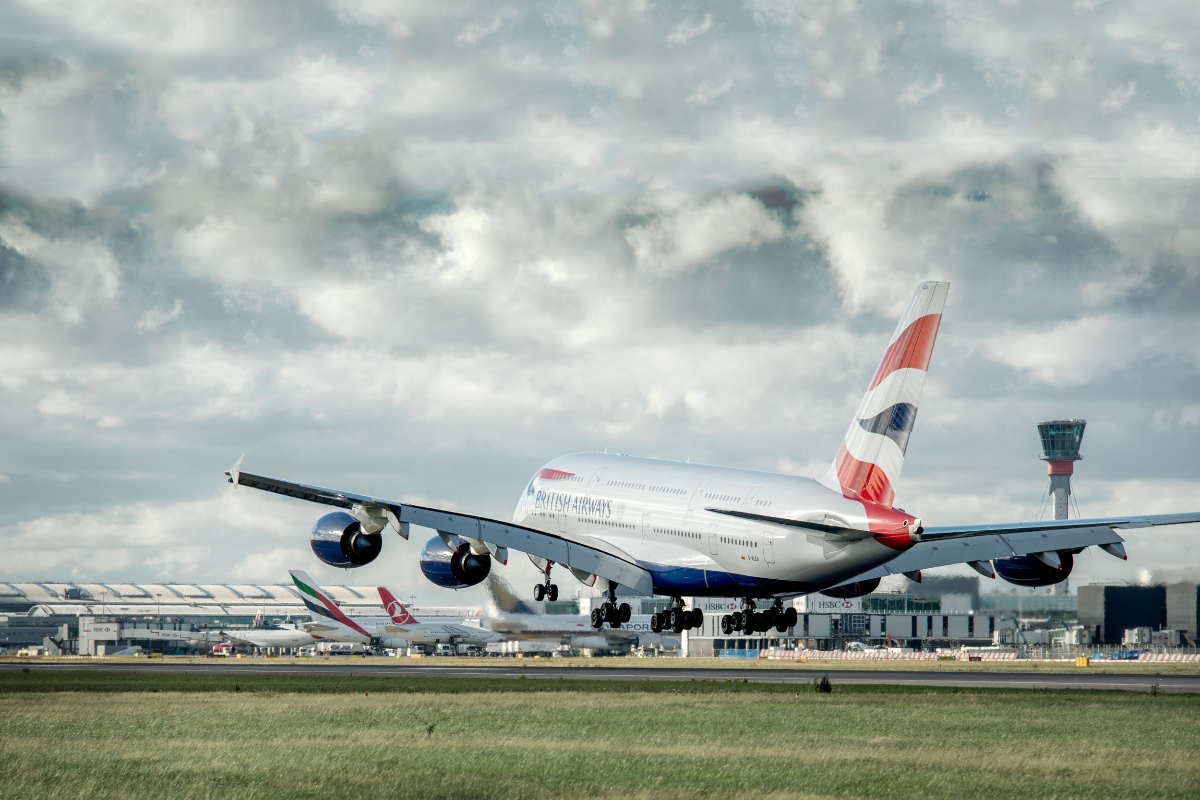
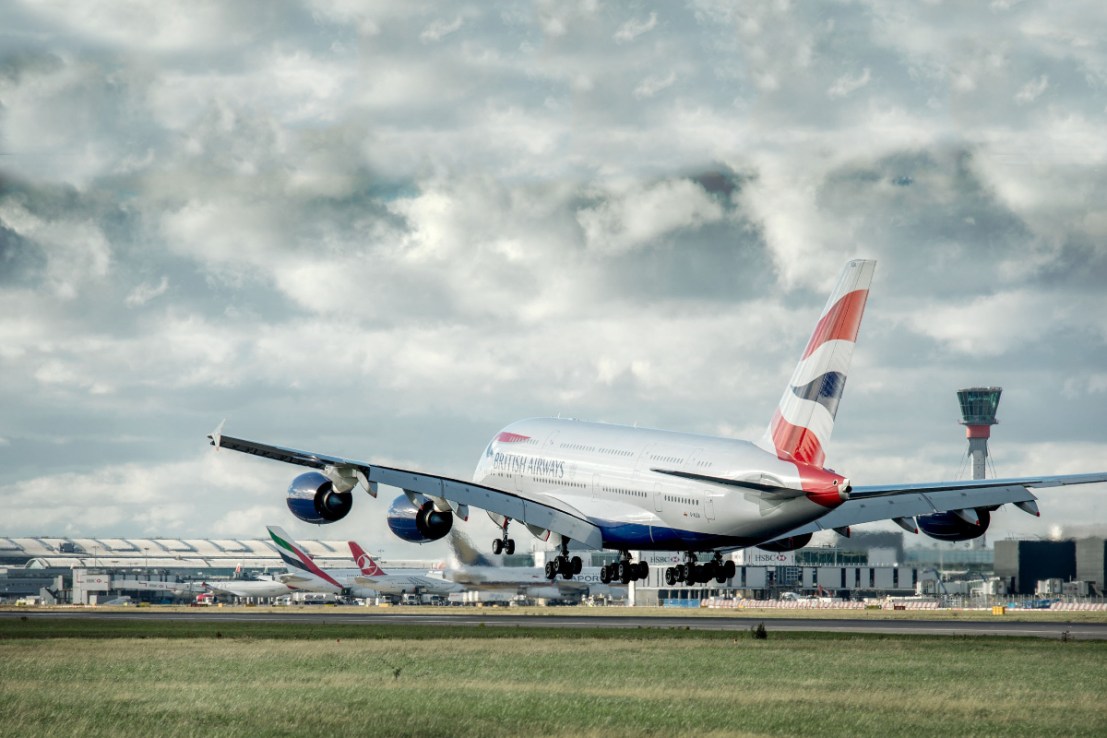
Who comes out clean from the chaos that engulfed Heathrow Airport in March?
Today’s revelations from the NESO report were damning for National Grid, the operator of the North Hyde substation that burst into flames, leading to a 16-hour power outage at the UK’s biggest airport.
There had been back and forth for weeks between Heathrow and National Grid over who was at fault, as reviews probed the events of March 21.
Now it has been revealed the grid operator had seven years of warnings that the substation was a fire risk.
It was a “catastrophic failure” of equipment that ultimately led to the blaze, with moisture seeping into electric parts causing a short circuit. Sparks combined with air and heat to ignite the oil and bang, 270,000 passengers saw their travel plans combust.
Perhaps the most shocking revelation in NESO’s report was that National Grid had acknowledged internally – all the way back in 2018 – that high moisture levels presented a risk. Who would have thought that letting water build-up near a massive electrical circuit responsible for powering one of the world’s biggest airports could go wrong?
Maintenance check-ups may have caught the issue. But these were delayed repeatedly through 2021, 2022, 2023 and 2024. Luckily there’s still one scheduled for October 2025 though, so that should take the pressure of National Grid.
Ofgem, the energy regulator, has launched an investigation into the failings and Heathrow has said it is considering legal action.
Let’s not forget, however, that a Heathrow didn’t exactly cover themselves in glory as the fire wreaked its havoc on their operations.
Heathrow not in the clear
Buried in the Kelly Review in May was the shocking revelation that Heathrow boss Thomas Woldbye had miraculously slept through the entire first night with his phone on silent as the airport closed down.
That was in spite of the frantic attempts of his chief operating officer, Javier Echave, to get hold of his superior. Echave eventually took the critical decision to close down the hub himself.
Multiple conflicting stories were initially spread about what happened with Woldbye in the days following. He remained tight-lipped about his phone being on silent until the Kelly Review lay bare his failure.
Initial media reports claimed the CEO had been aware of the fire and had delegated responsibility in order to ensure he was well-rested in the morning and able to take control. This turned out to be nonsense.
City AM understands that ‘new processes’ have been put in place to ensure that the CEO can be contacted in the unlikely event that he falls asleep with his mobile on silent in the future. Whether this includes the installation of a bed-side landline or just a plan to drive round and bang on his door, is unclear.
Perhaps the airlines are the only ones who come out clean here. They will be forced to fork out between £80m and £100m for the disruption and are, unsurprisingly, furious, having warned Heathrow about the “resilience” of its power supply in the days before the incident.
It may at least prove an opportunity to press ahead with their campaign for a fundamental change at the West London airport, away from its current monopolistic set-up.
“This is another example of Heathrow’s lack of operational resilience which is incentivised and enabled by a flawed regulatory framework,” a spokesperson for Heathrow Reimagined, the stakeholder group pushing for a change to the hub’s regulatory model, said.
“NESO’s findings support our urgent call for a fundamental review of Heathrow’s economic regulatory model by the UK Civil Aviation Authority (CAA).”

